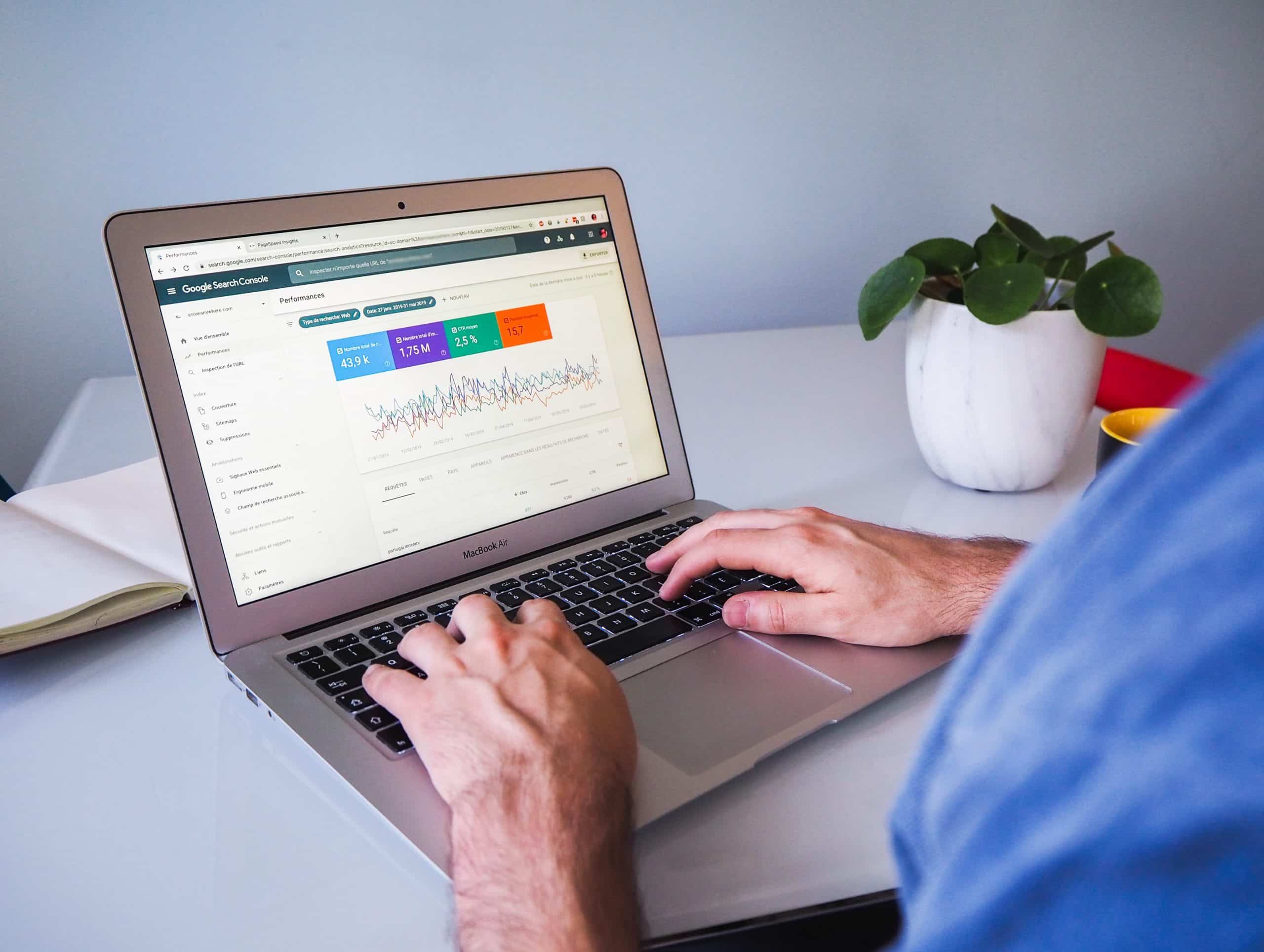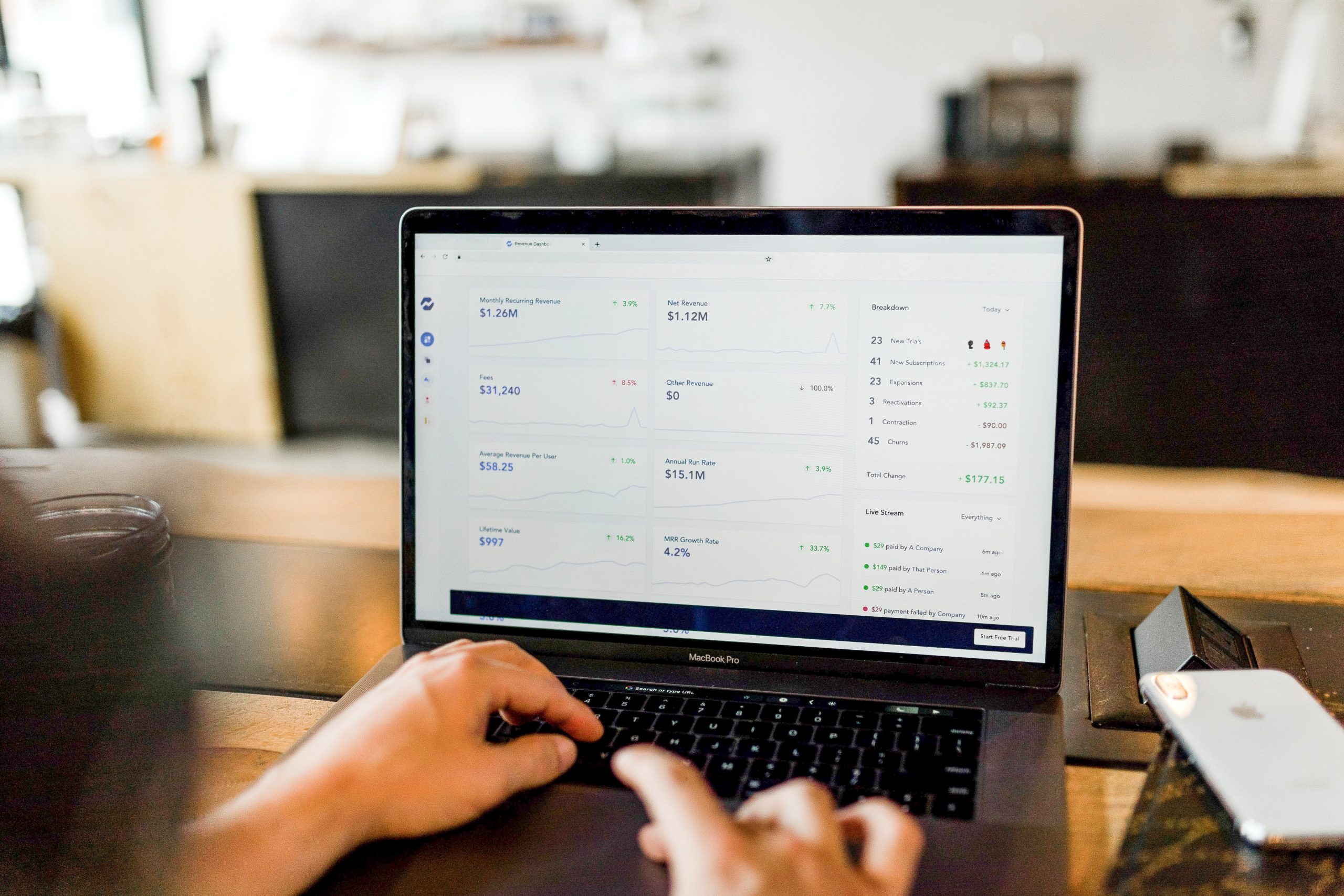Everyone knows that Google Analytics is one of the most useful tools in marketing. Providing data that allows you to see how many people are visiting your website and what behaviour they’re undertaking whilst on it is invaluable. But with so much data available, it can be hard to know how to use the tool efficiently.
Luckily for you there are various top tips that can help you to optimise your data and use Google Analytics to understand what’s working and what’s not…
FIGURE OUT YOUR KPI’S
With so much data available it can be easy to get lost in a swirl of numbers and percentages without really understanding how these impact your business. Before delving into the data available on Google Analytics you need to make sure you understand what your KPIs are. Maybe you’re aiming for a set number of visits per month or perhaps you’re more interested in finding out how many of those visits convert into customers. By knowing exactly what your business goals are you’ll be easily able to identify what data sets are related, offering you a better understanding of performance.
CREATE CUSTOM DASHBOARDS AND REPORTS
As you become more familiar with Google Analytics you will quickly realise that there is some data that will be more valuable to you than others. In order to not have to wade through endless reports before finding the stats that you’re interested in, you can create a custom dashboard.
Dashboards allow you to easily see relevant data and whilst you can create up to 20, we recommend keeping the numbers limited to just the specific data that matches against your KPIs.
FILTER OUT INTERNAL TRAFFIC
This may seem like an obvious one but many people often forget to filter out internal traffic which means that everytime you or a colleague is active on the website, GA logs it as a new visitor. Whilst it may make your figures look good, including internal traffic in reports offers no real insight into real, external visitors.
Taking out internal traffic ensures that the data you receive refers only to external visitors aka the ones you’re actually interested in!
REVIEW AND COMPARE
It’s one thing to spend time setting up custom reports and deciding exactly what data you want to analyse, the most important thing though is making sure you actually look at it. Constantly review your reports against your KPIs so that you can have a thorough understanding of how your website is performing and what’s working and what isn’t. If you make any major changes to your website make sure you check in on your reports regularly to see if it’s having a positive or negative impact.
By default, GA displays results from the last 30 days however you are able to use the ‘compare to’ tool to compare your current performance to any date in the past. This is a great way to track progress and understand how well things are working. Knowing how well your website is performing currently is essential but it offers little use if you have nothing to compare it to.
Similarly, if you make changes to the website, comparing data from before the changes were made is essential for you to understand how well they’ve worked and whether or not you need to alter your strategy.
CUSTOM VISITOR SEGMENTS
GA allows you to use custom segments in order to understand your visitors better. Making them more than just a number, custom segments allow you to class your visitors within certain demographics such as age, location and gender.
GA allows you to gain a deeper understanding of your visitors outside of the key data categories, meaning you can analyse exactly how certain types of people use your site. An example of a custom visitor segment could be females, aged between 40-60, located in London. If this was your key target audience you would then be able to review exactly how they behaved on your site and alter your web and marketing strategy accordingly.
MONITOR CONVERSION PATHS
Despite all of your best efforts, visitors to your site don’t always behave in the way you want them to. Google Analytics allows you to see exactly how people are clicking through to your site and the path they’re taking when they get there.
You might run an expensive social media campaign and see a rise in traffic so presume your ads are producing clicks, but without checking the conversion path there’s no way to know for sure that the rise in traffic is a direct result of the ads.
Similarly, understanding the path your customers are taking allows you to know what tactics are working and what’s not, making your marketing and website strategy even more optimal.
Google Analytics can offer businesses invaluable information and insights but it can be tricky to get your head around. Hopefully these top tips will help you get started!



